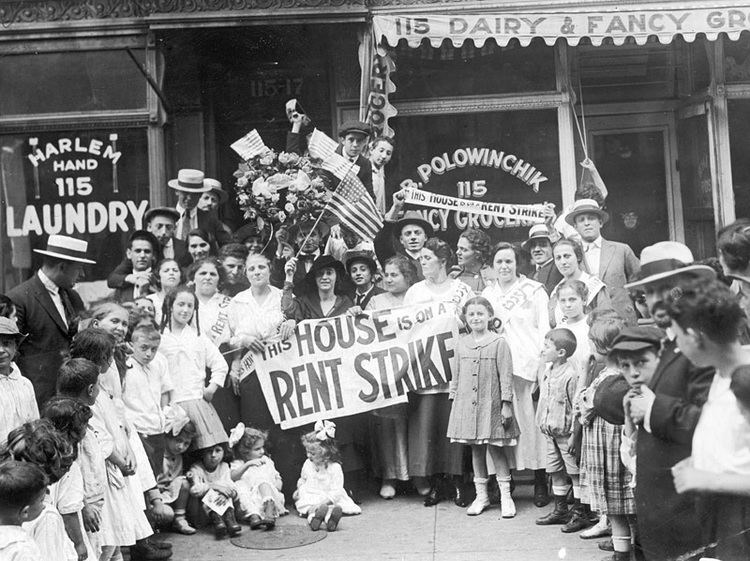 | ||
Rent strike farce of july live the foxhole baltimore 2014
A rent strike is a method of protest commonly employed against large landlords. In a rent strike, a group of tenants come together and agree to refuse to pay their rent en masse until a specific list of demands is met by the landlord. This can be a useful tactic of final resort for use against intransigent landlords, but carries the obvious risk of eviction in some cases.
Contents
- Rent strike farce of july live the foxhole baltimore 2014
- Rent strike chemistry set live the foxhole baltimore 2014
- Europe
- Africa
- North America
- References
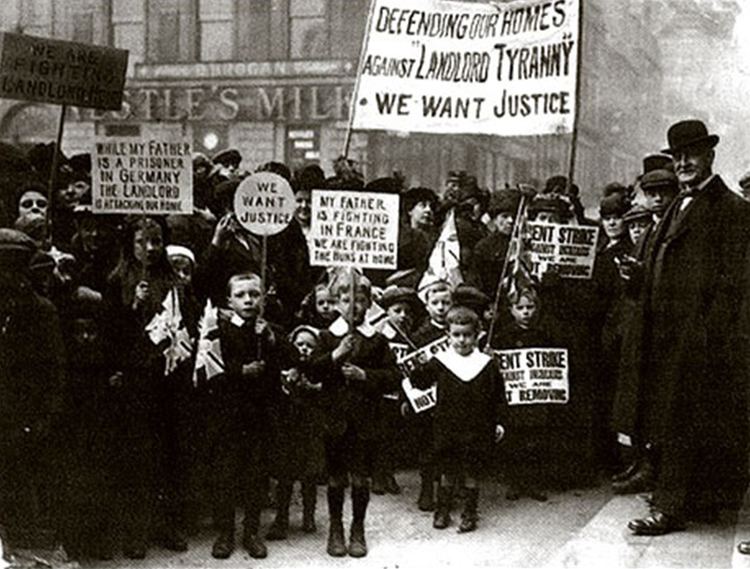
Historically, rent strikes have often been used in response to problems such as high rents, poor conditions in the property, or unreasonable tenancy demands; however, there have been situations where wider issues have led to such action.
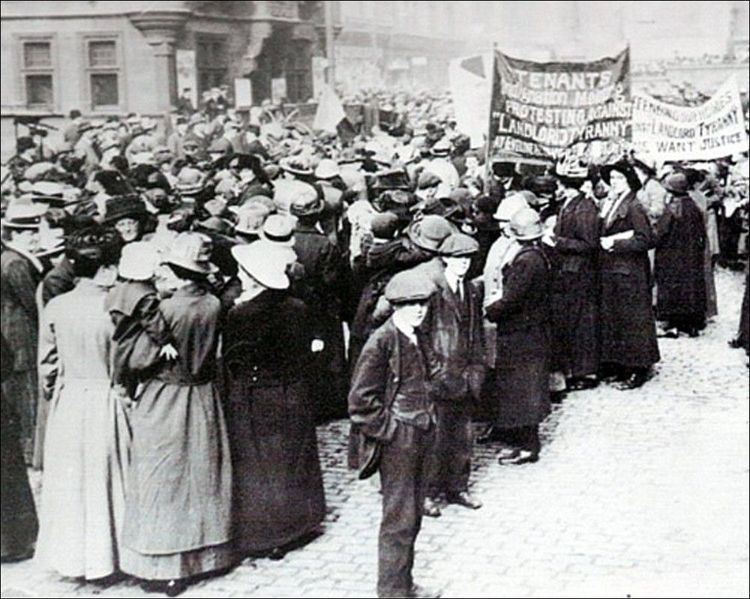
Rent strike chemistry set live the foxhole baltimore 2014
Europe
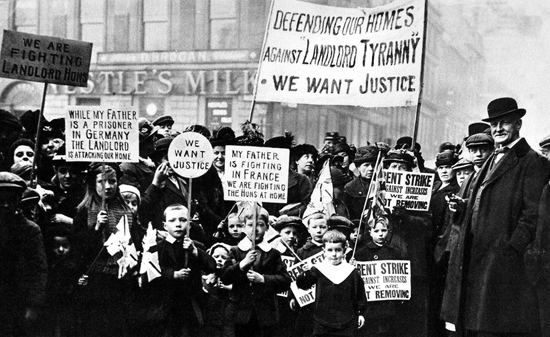
Glasgow During the Irish Land War of the 1880s and during World War I when the landlords of tenement buildings in Glasgow sought to take advantage of the influx of shipbuilders coming into the city and the absence of many local men to raise rents on the tenements' remaining residents. These women left behind were seen as an easy target and were faced with a rent increase of up to 25% and would be forcibly evicted by bailiffs if they failed to pay. As a result of this rent increase, there was a popular backlash against the landlords and a rent strike was initiated. This was led by Mary Barbour, who with her "army" would forcibly prevent the bailiffs from entering the tenements and would pelt them with flour bombs. The strikes soon spread and became such an overwhelming success, moving out from Glasgow and on to other cities throughout the UK, that the government, on 27 November 1915, introduced legislation to restrict rents to the pre-war level.

The Leeds rent strike in 1914 In early January 1914, around 300 tenants living in the Burley area of Leeds went on rent strike against a 6d increase in rents imposed by the landlords. The rent increase had been called for by the Leeds branch of the Property Owners Association. At a mass meeting of the tenants on Sunday January 10, the rent strike organisers called for a citywide protest against the increase. A week later, the Leeds Trades Council hosted a Labour conference intended to organise mass rent resistance. A Tenants Defence League was formed with a central committee of nine and a mission to spread the rent campaign across the city through a series of public meetings and neighbourhood canvassing. The strike lasted eight weeks. In the end, committee members had been evicted and blacklisted from renting any other home in the area.

Kirkby Rent Strike A 14-month-long rent strike initiated by 3,000 tenants on October 9, 1972 in the town of Kirkby, outside Liverpool, against the Housing Finances Act. caused a £1 rent rise. A group of women on the Tower Hill estate formed a discussion and support group to help themselves and their families through the factory closure crisis when the Housing Finances Act was passed these women formed an Unfair Rents Action Group and responded by organizing the rent strike
Highland Land League Scotland 1880's
Barcelona mass rent strike 1931 between 5,000 and 100,000 people were out on rent strike
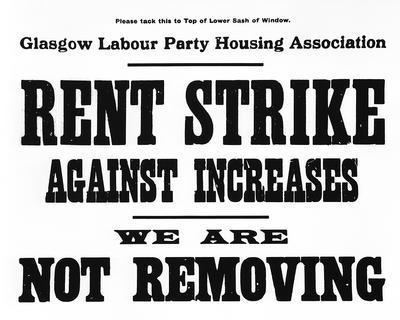
Northern Ireland During "the troubles" (1960s-1980s) in Northern Ireland, participants in the civil rights movement withheld rent and council rates from local councils in protest at internment.
Africa
South Africa massive rent strikes 1980's to end Apartheid and gain ownership of housing by the tenants. The government sent in troops in Soweto in 1987. "Residents of some public housing have not paid their rents in several years, and in many cases officials have stopped trying to collect and have turned ownership over to tenants. In Soweto, for instance, Government officials say at least 50,000 rental units have been given to tenants."
North America
Anti-Rent Movement New York 1839-1850's
New York City has a long history of tenants using rent strikes to address housing conditions. Below are 2 examples of the ways rent strikes have been used:
New York City Rent Strike in 1907 In 1907, in response to rising rents due to housing shortages 10,000 families in lower Manhattan went on rent strike. One of the primary organizers was 16-year-old Pauline Newman, housewives and women working in the garment industry. It lasted from December 26 until January 9 and led to about 2,000 families having their rents reduced.
New York City rent strike over repairs In the winter of 1963-1964, a rent strike erupted in Harlem. It was led by Jesse Gray, a tenant organizer there since 1953. The focus of the strike was not rent levels but poor maintenance.
National wave of rent strikes throughout the US in 1960s and early 70s Rent strikes spread through the US in response to the chronic neglect of repairs in both urban private and public housing stock. After the Harlem rent strikes in 1963-4, it became a popular tactic both among students in university towns and public housing tenants who were living in squalid conditions due to underfunding and racist federal policies.
